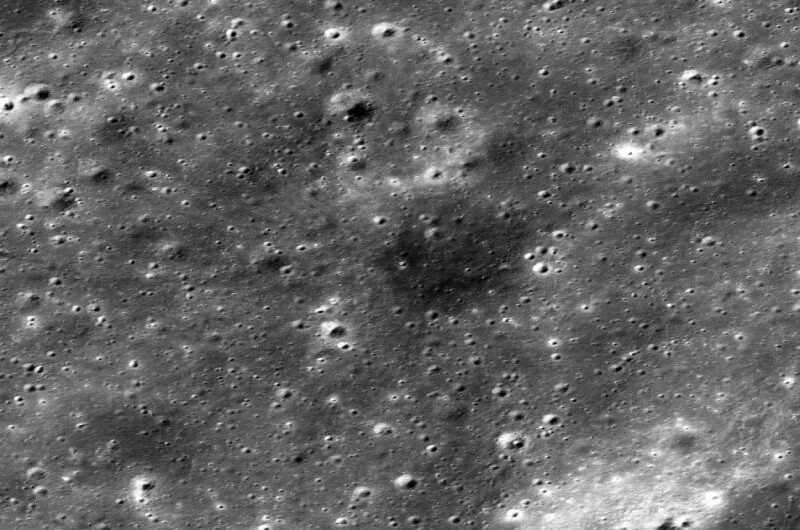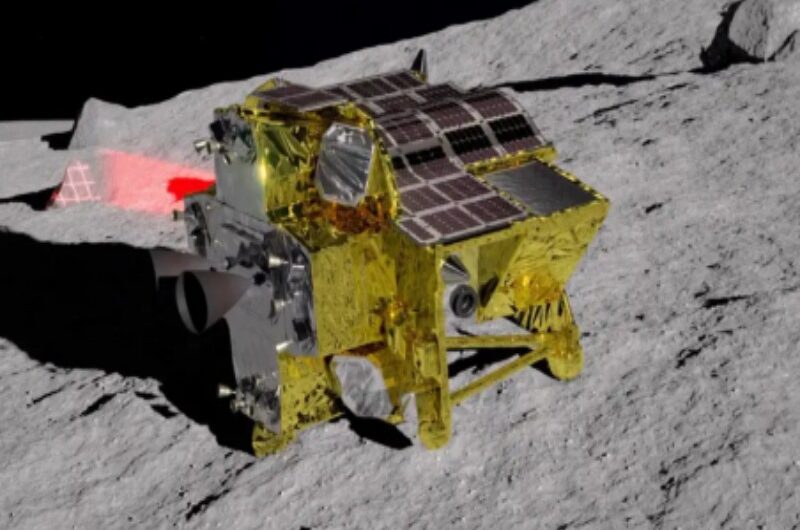The start of an Environmental Impact Study (EIS) last week took Space X’s new megarocket one step closer to its Florida launch date. With a liftoff thrust of over 17 million pounds, Starship is the largest and most powerful rocket ever constructed. Its thrust is roughly three times more than that of the Apollo/Saturn V moon rocket and twice that of NASA’s new Space Launch System (SLS).
The Environmental Impact Study began this week with a series of public hearings, which is a necessary step before any formal launch clearances. Residents of Florida, environmental activists, and space exploration enthusiasts all spoke at the session. The Department of the Air Force organized the meetings, which took place in Titusville from March 5–7. The sessions’ ostensible goals were to publicly share information and get input on any possible environmental effects of SpaceX’s massive Starship project.
The study’s Environmental Impact Statement will satisfy the FAA’s requirement for an environmental analysis prior to granting Space X a Florida launch license for Starship, and any necessary mitigations will need to be finished before any launches take place. The National Environmental Policy Act (NEPA) mandates a thorough research called an environmental study, which evaluates the potential environmental effects of proposed federal activities. This study pertains to SpaceX’s Starship and looks at how the spacecraft’s launch and landing can affect the local animals, vegetation, air and water quality, noise levels, and other environmental factors.
The future launches of SpaceX’s new Starship Super Heavy, which is presently being developed in Texas, from Florida are in question. The sheer force of a rocket this size will need the construction of a whole new launch complex somewhere on the grounds of the Kennedy Space Center or the present Cape Canaveral Space Force Station.
It is almost a given that the launches in Florida will eventually be approved, given the expansive plans the government has for using Starship.
The Artemis project of NASA, which intends to send humans back to the moon and eventually Mars, includes Starship as a key component. In addition to using Starship as a crewed lunar lander, NASA intends to utilize its enormous payload capacity to launch the space station Gateway into lunar orbit. Starship will be used by the US Space Force to launch and sustain significant payloads for national security to the moon and into orbit. Furthermore, Starship’s potential to act as a “orbital gas station,” refilling satellites and other spacecraft while in flight, will be advantageous to both commercial and governmental space flight agencies.
For SpaceX’s Starship launch pads at Cape Canaveral Space Force Station, the Department of the Air Force (DAF) has put forth three options: using Space Launch Complex 37 (SLC-37), constructing a new Space Launch Complex 50 (SLC-50), or choosing not to build anything at all. “No construction” is probably not a realistic option given the government’s ambitions for using Starship.
Land on Kennedy Space Center’s north side would need to be used in order to construct Launch Complex SLC-50. If building were to take place there, parts of Playa Linda Beach and more property in the Merritt Island National Wildlife Refuge would have to be closed to the public.
SLC-37 on the Cape Canaveral Space Force Station appears to be the more likely contender for the future building. With United Launch Alliance’s next Delta IV launch scheduled for later this month, the pad, which is currently in use for the heavy-lift rocket, would seem to be a good fit.
With a record-breaking 72 orbital launches already this year, the Space Coast is expected to see considerably more action. The growth of SpaceX has the potential to generate billions of dollars for the area through increasing tourism, connected employment for families, and direct launch support jobs. Assuming environmental clearances, SpaceX has stated that they intend to operate the new Starship-Super Heavy launch complex by 2026.
The draft Environmental Impact Statement (EIS) is scheduled for release in December, and the viability and environmental impact of these locations will be determined by a final study that is due in September 2025.
“An Environmental Impact Study is vital for ensuring that our strides in space exploration do not come at the expense of the planet,” explained Dr. Helen Torres, an environmental scientist who spoke at the hearings. “It’s about finding a balance between innovation and conservation.”
The increased frequency of space launches and their potential for negative environmental effects are the reasons behind the need for the EIS. The Starship program is focused on conducting missions to the Moon, Mars, and beyond; therefore, it is imperative that it comprehends and minimizes its environmental footprint.
There has been a lot of debate on the study’s timing. Initial evaluations started in early 2023, and a significant stage of the process was reached when the results were given at the Titusville hearings. Michael Johnson, a representative for the National Aeronautics and Space Administration (NASA), which is working with SpaceX on the project, stated, “We are currently in the public engagement stage, which will be followed by a review and revision period based on the feedback received.”
A variety of viewpoints were voiced by hearing participants. While some emphasized the significance of developing human spaceflight capabilities, others expressed worries about the possibility of noise pollution and harm to nearby ecosystems.
“I understand the concerns about environmental impact, but we also must consider the long-term benefits of space exploration,” said Alex Rivera, a space enthusiast and Titusville resident. “It’s about finding the right safeguards and technologies to minimize harm.”
The input gathered from the study will play a crucial role in improving the EIS and guaranteeing that the Starship program can move forward with the least amount of disturbance to the environment.
More public involvement and openness will be essential as the study goes on to address community concerns and promote a sustainable future for space exploration. The project’s environmental mitigation techniques will be outlined in the final EIS report, which is anticipated to be completed later this year. It will also lay the groundwork for the upcoming generation of space missions.
Topics #Arriving in Florida #Starship










